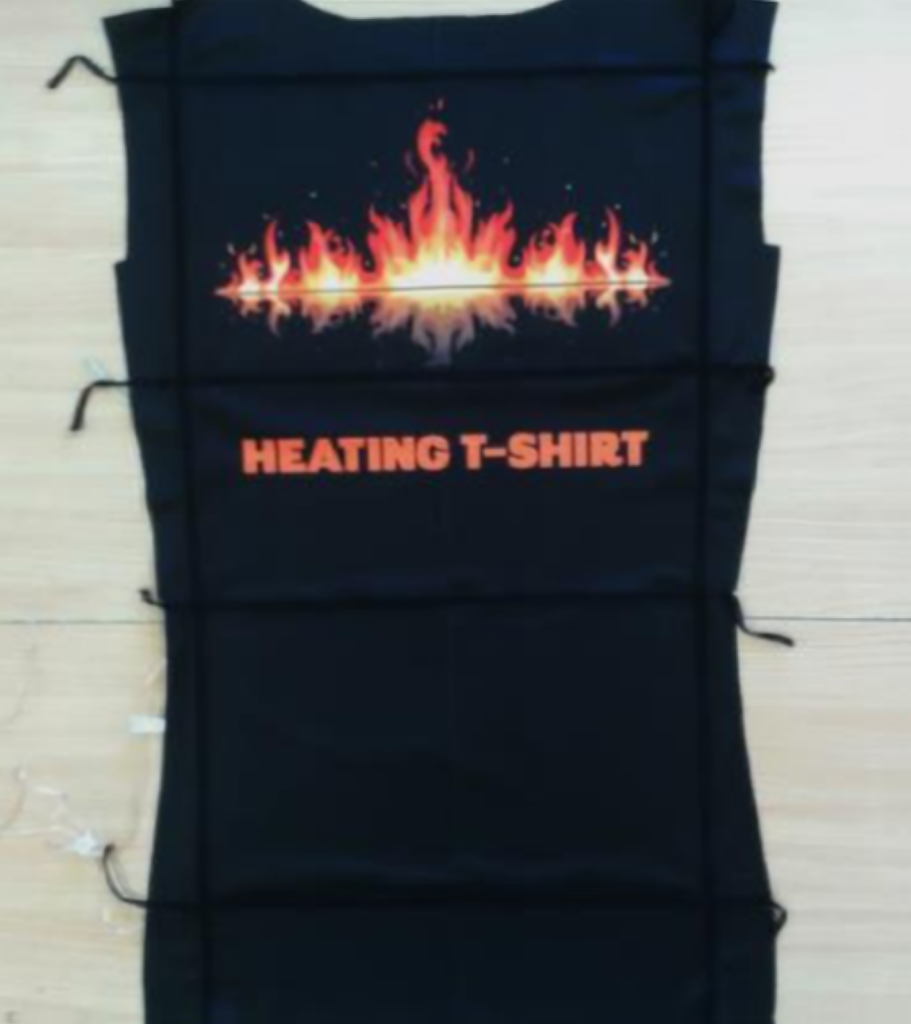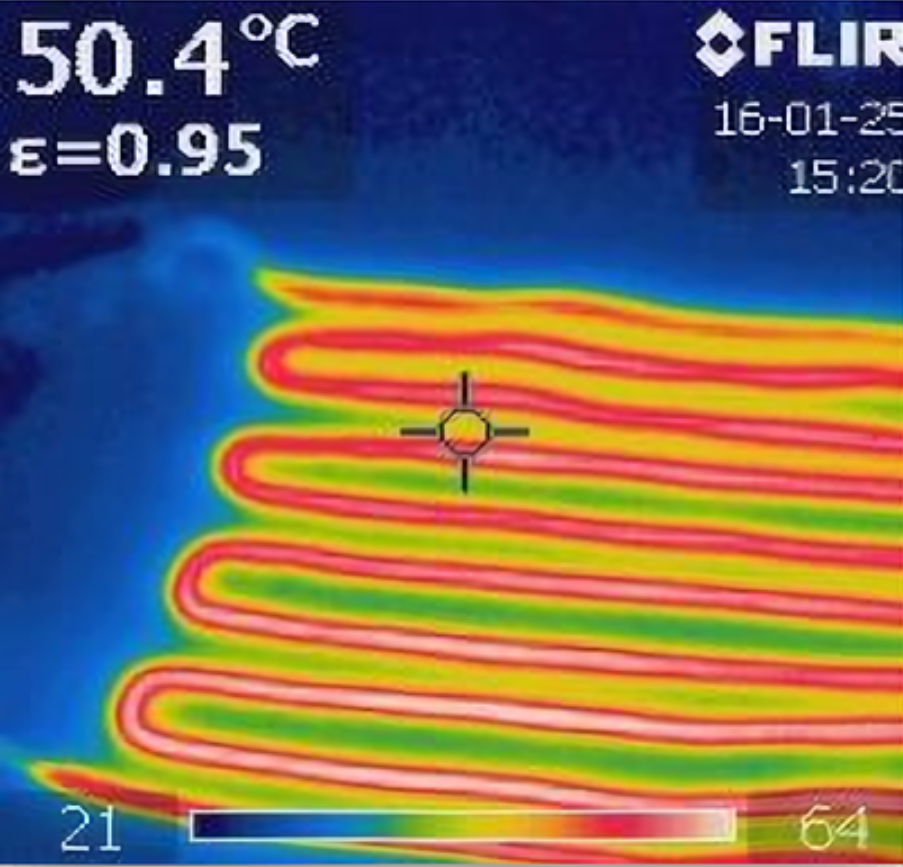SMART TEXTILE DEVELOPMENT
Pioneering the Future of Smart Textiles Through R&D
As technology becomes ever more integral to our daily lives, the Department of Textile Technologies is at the forefront of research and development in smart textiles. We are not just responding to the needs of today – we are anticipating the demands of tomorrow. Our cutting-edge work in personal thermal comfort systems and electrically conductive fabrics is redefining the landscape of wearable technology, blending advanced functionality with scientific innovation.
Personal Thermal Comfort Systems: Advanced Wearable Climate Solutions
Our Personal Thermal Comfort System represents a breakthrough in wearable climate control technology. Envision clothing that intelligently responds to your environment, providing cooling when it’s hot and warmth when the temperature drops. Our prototype mesh vest leverages advanced thermoelectric elements, utilizing the Peltier effect to create a personal microclimate. This technology dynamically adjusts to regulate temperature in specific body zones, offering unparalleled comfort in any setting.
Research Highlights:
- Innovative Cooling and Heating Mechanism
Our dual-channel 3D spacer textile framework facilitates efficient temperature regulation by managing the distribution of ambient, cooled, or heated air. This precise control ensures targeted thermal comfort, enhancing the user’s experience in diverse environments. - Versatile Applications for Enhanced User Experience
Designed for flexibility, our thermal comfort system can be integrated into a wide range of applications, from standalone garments to under-layers for protective gear such as ballistic vests. This adaptability makes it ideal for high-stress environments like military operations, industrial work, and extreme sports. - Real-Time Environmental Response
Our system’s ability to adjust in real-time to changing ambient conditions and user requirements makes it a leading innovation in wearable tech. This real-time adaptability ensures optimal body temperature maintenance, improving performance and safety in challenging environments.
This innovation transcends traditional apparel, offering a sophisticated wearable system that enhances comfort, safety, and operational efficiency.
Electrically Conductive Fabrics: Leading the Change in Wearable Technology
Conductivity is a cornerstone of smart textiles, and our department has made significant strides in developing electrically conductive fabrics. By applying advanced coatings such as PEDOT to natural fibers like wool, we are transforming standard textiles into high-performance materials, ready for integration into next-generation wearable technology.
Research Innovations:
- Enhanced Durability and Conductivity
Through the introduction of a low formaldehyde-content melamine resin in our coating process, we have substantially improved the wear resistance of PEDOT fabrics. This ensures long-lasting electrical conductivity, even under the stresses of daily wear, making these fabrics suitable for a wide range of applications. - Improved Wear Resistance and Aesthetic Quality
Plasma modification has not only enhanced the durability of these fabrics but has also resulted in deeper dye penetration and richer color. The superior adhesion of the PEDOTcoating ensures that these textiles are not just functional but also visually appealing, expanding their potential uses in fashion and wearable tech. - Expanding the Horizons of Smart Wearables
Our advancements in conductive textiles open up a myriad of possibilities, from integrating wearable sensors that track vital signs to developing garments that interact with electronic devices. These innovations are paving the way for the future of smart wearables, where functionality meets fashion.


